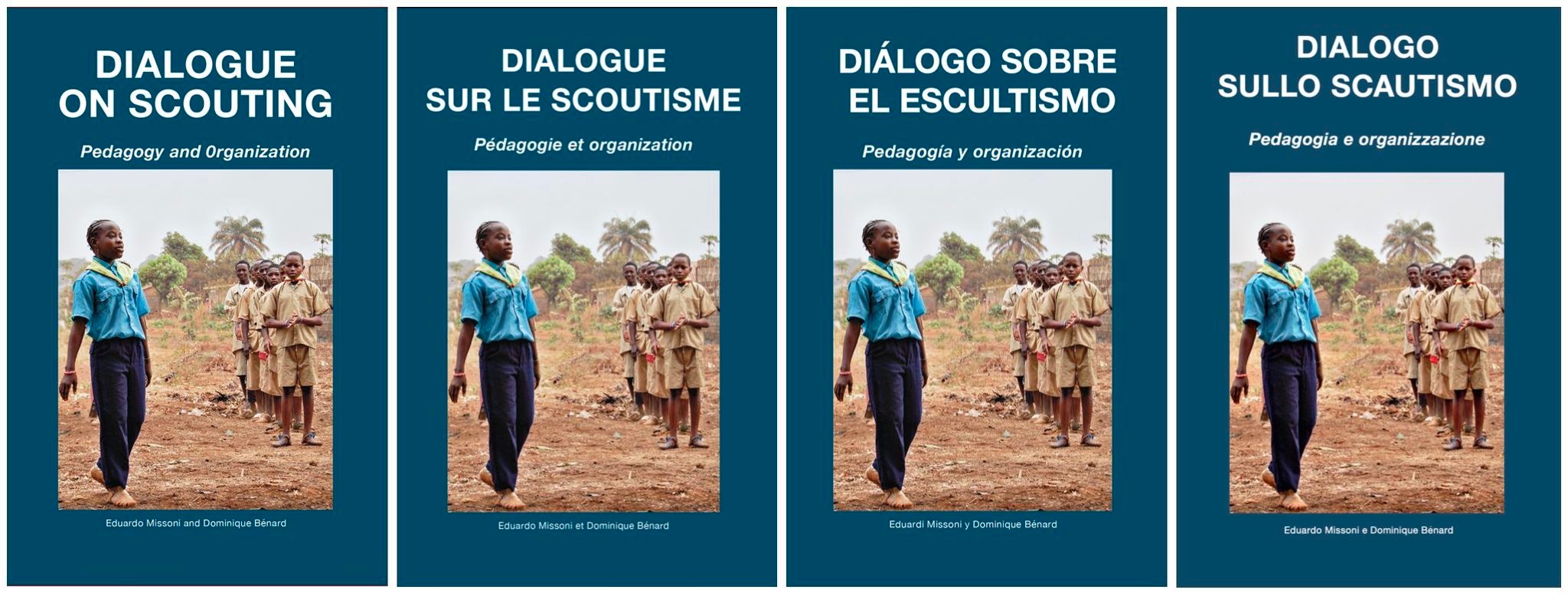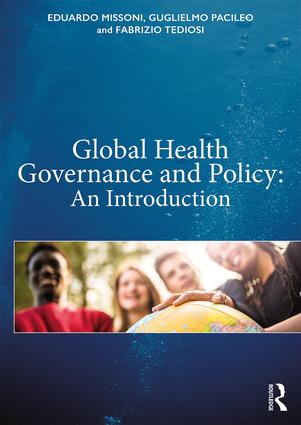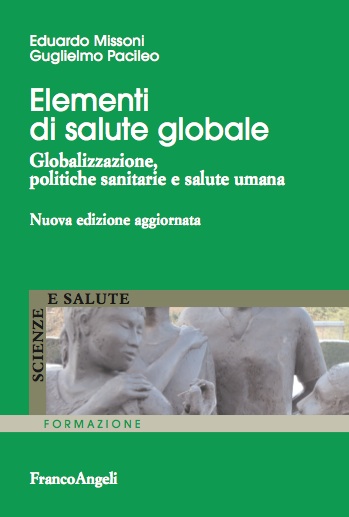The World Health Organization’s overall goal as defined in Article 1 of its Constitution is “the attainment by all peoples of the highest possible level of health”. In order to achieve its objective, the organization was endowed with extensive normative powers “to act as the directing and co-ordinating authority on international health work”. However, in the changing global scenario, the World Health Organization (WHO) has been facing increasing challenges in playing that leading role deriving from its constitutional mandate.
In December 2010 Jack Chow a former assistant director general of WHO, considering the organization as “outmoded, underfunded and overly politicized”, put forward a provoking question: “Is the WHO becoming irrelevant?” (Chow 2010) The first answer came from WHO’s Director General, Dr. Margaret Chan. She explained that given “today’s crowded landscape of public health” leadership cannot be mandated but must be earned through strategic and selective engagement. “WHO can no longer aim to direct and coordinate all of the activities and policies in multiple sectors that influence public health today” she added. (WHO. The future of financing for WHO 2011)
Increased inefficiency of the global health system
On one side, with the acceleration of the globalization process the social determinants of health have been considerably affected by dynamics outside the health sector. On the other, while an unprecedented level of global funding has been directed to health issues over the last two decades, the increase was mostly driven by vertical initiatives for the control of HIV/AIDS and a few other diseases. This was associated with the mushrooming of new organizations and global public-private ventures, bilateral programs and the rise of non-state actors – over all the Bill and Melinda Gates Foundation – that often overshadowed WHO and brought to increased inefficiency of the global health system, an unsustainable fragmentation also at country level, and confusion in global health governance. Finally WHO had to face priority-setting and planning constraints imposed, among others, by the way it is financed.
Regular budgetary funds (RBFs) are provided through a series of assessed contributions from member states calculated biennially according to the UN scale of ability to pay (based on GNP and population). On the basis of the system a small number of high-income countries provide most of WHO’s core funding. Within its regulations, the WHO attempts to maintain autonomy by enforcing the rule that no single country can contribute more than 1/3 of the total RBFs. However, the US remains the largest single source, providing 22% of the RBFs. (Lee 2009)
From the 1950s additional voluntary contributions, i.e. Extrabudgetary Funds (EBFs) came to provide a vital, though highly earmarked, non flexible, source of financing for disease control and eradication programs. In the 1970s EBFs accounted for 20% of total WHO expenditure, with over half of these funds coming from other UN organizations. At least in part in response to the alleged “politicization” of UN agencies such as UNESCO and the International Labour Office (ILO), in 1982 major donors (known as the Geneva group) imposed a policy of zero real growth (adjusting for inflation) to the regular budget of all UN organizations, that remained in place until 1993 when an even more austere zero nominal growth (not inflation adjusted) was introduced. (Lee 2009) In a similar fashion, some of WHO’s initiatives had been strongly opposed. “Health for all” and the Primary Health Care strategy was counteracted by the “Selective PHC”. The International Code of Marketing of Breast-milk Substitutes was adopted with the opposing vote of the United States. Finally, the Essential Drugs Program, harshly opposed by US-based pharmaceuticals companies, led the United States to withhold their contribution to WHO’s regular budget in 1985. (Missoni 2009)…. Read More on MMS Bullettin)








